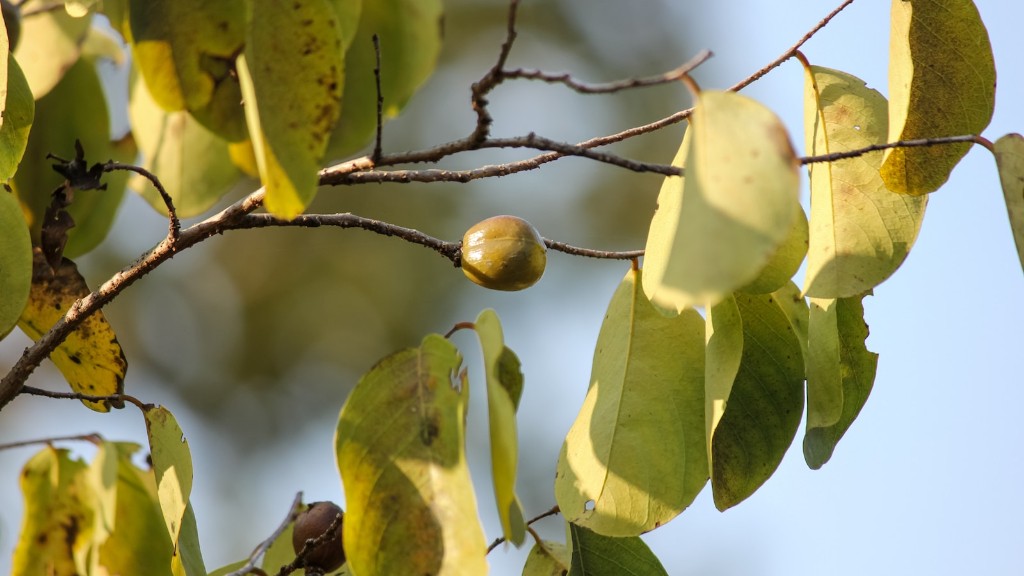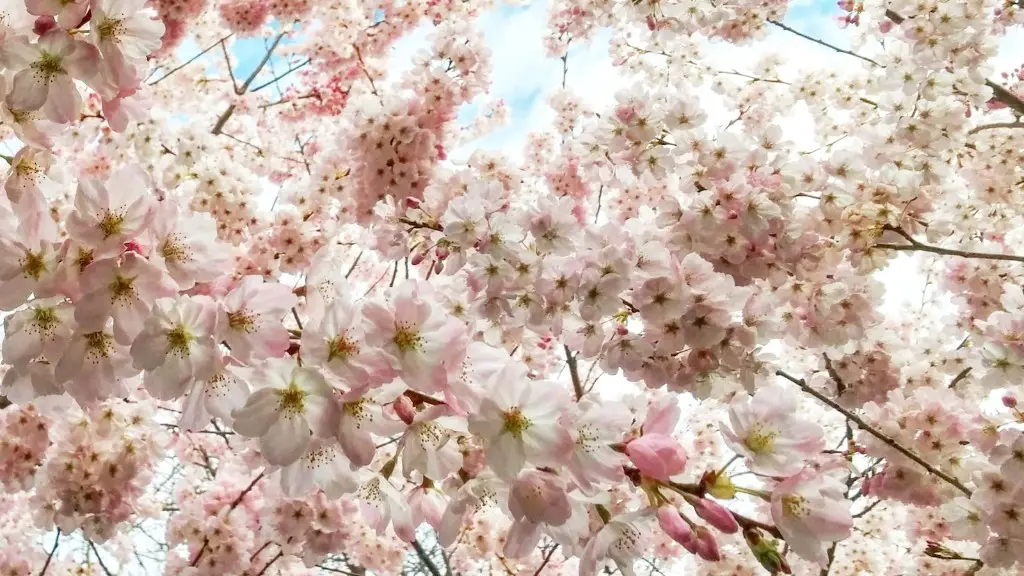Introduction: Degradation of plant health can occur due to a number of reasons, including disease and insect infestations. Citrus trees, such as lemon trees, are especially vulnerable to these kinds of ailments. Treating a sick lemon tree requires attention to the tree’s needs, such as its environment, water, nutrition, and pests. After an assessment of the tree’s condition, treatment is necessary to address any deficiencies.
Environment: The environment for a lemon tree needs to be closely monitored, especially the temperature. If it is too cold, the tree will suffer, and if it is too hot, it may suffer from sunburn. Additionally, the tree needs access to adequate sunlight, but not too much, as it needs a balance of warmth, light, and air circulation. Finally, assess the area and remove anything that blocks airflow and obstructs the tree’s natural sunlight.
Water: A lemon tree needs consistent moisture levels to thrive, but too much water or too little water can lead to problems. If a tree is wilting or looking parched, the soil may need to be watered, especially in dry or cold weather. On the other hand, if the soil is soggy or muddy, then too much water is being applied. Using an irrigation system to regulate water flow during long periods of dryness or rain can benefit the tree.
Nutrition: Lemon trees also require certain nutrition for healthy growth and development. Nitrogen, phosphorus, and potassium are essential for the tree, and should be added to the soil. Fertilizer should be applied once a month, but not over-fertilized, as this can be detrimental to tree health. Furthermore, compost can help supplement the soil for added nutrition.
Pests: Many pests and diseases threaten lemon trees. Most of them can be removed with a spray or pesticide, but it’s important to read application instructions and be sure it’s intended for citrus trees. Additionally, watch out for ant colonies or any bugs that may hurt your tree since they can be difficult to eradicate. Additionally, inspect the tree regularly as this can help identify any problems that may have occurred.
Soil Testing
Testing the soil’s nutrition levels is key to successful lemon tree treatment. Doing a soil test can measure the levels of proper minerals, the pH level and organic matter content. If the soil is compacted, some aeration may be necessary, which can be done by turning over the topsoil or adding organic matter to the soil. Furthermore, any issues with the soil structure, such as salinity or water saturation, can be addressed through additional soil testing.
Leaf Analysis
The lemon tree’s leaves can also provide important information regarding its health. By inspecting the leaves, one can assess the tree’s overall condition and identify any nutrient deficiencies. If the leaves are discolored, pale, or yellowing, or if there are signs of wilting or dryness, then further action is necessary. Additionally, look for any bugs or fungal infections which can cause these ailments.
Treatment Options
Depending upon the cause of the tree’s ailment, various treatments may be required. If deficiencies in nutrition are the issue, adding fertilizer or compost to the soil can help. For pests, pesticide or insecticides can be used. If the soil needs to be aerated, it might be necessary to turn over the topsoil. If any issues are identified, further action or products may be needed, such as fungicides.
Training and Pruning
As the tree grows, it may require additional training and pruning to keep it healthy. Pruning can help direct the tree’s energy and promote different growth patterns. If it hasn’t been pruned in a while, it may be necessary to do so to encourage better air circulation, as well as to remove dying or diseased branches. Additionally, any branches that are competing with one another can be removed. Furthermore, tying up limbs can help support the tree and prevent damage from windy weather.
Harvesting and Preservation
Finally, once lemons are ready for harvest, a prudent strategy would be to clip the fruit from the lower branches first, as this allows for even more nutrient integration into the tree as opposed to picking all the fruit from the higher branches. Afterward, depending on the season and region, it’s important to properly preserve the remaining lemons. This can be done through a drying process, or by turning them into juice and freezing it for later use.


